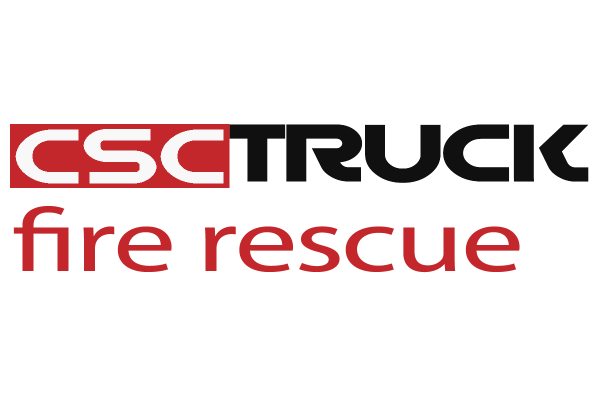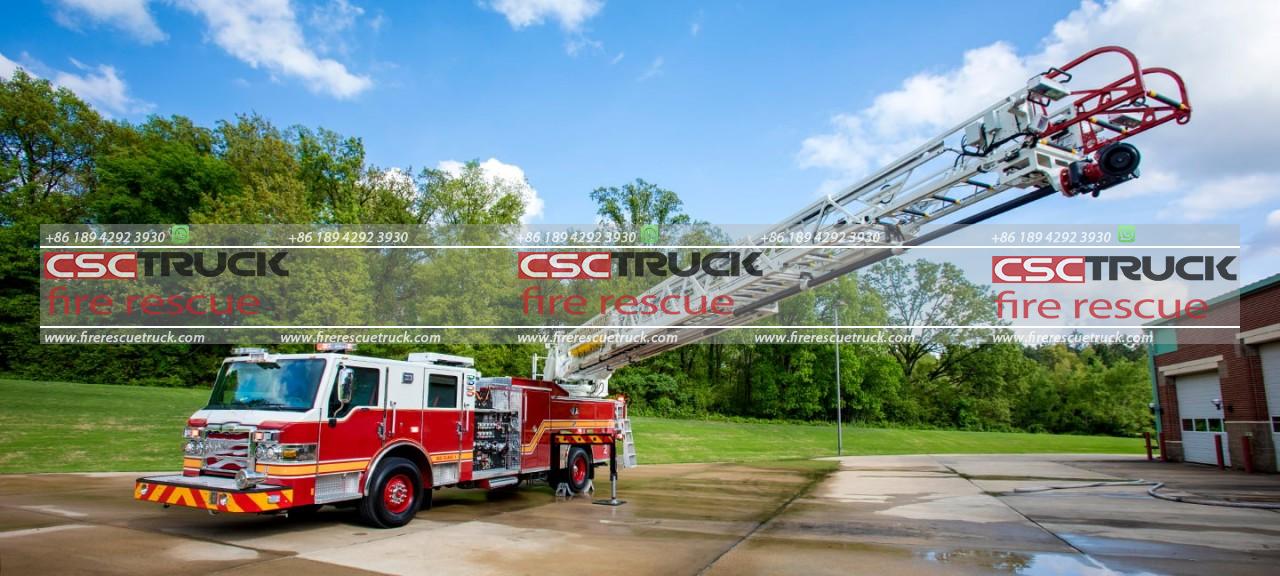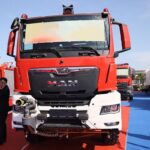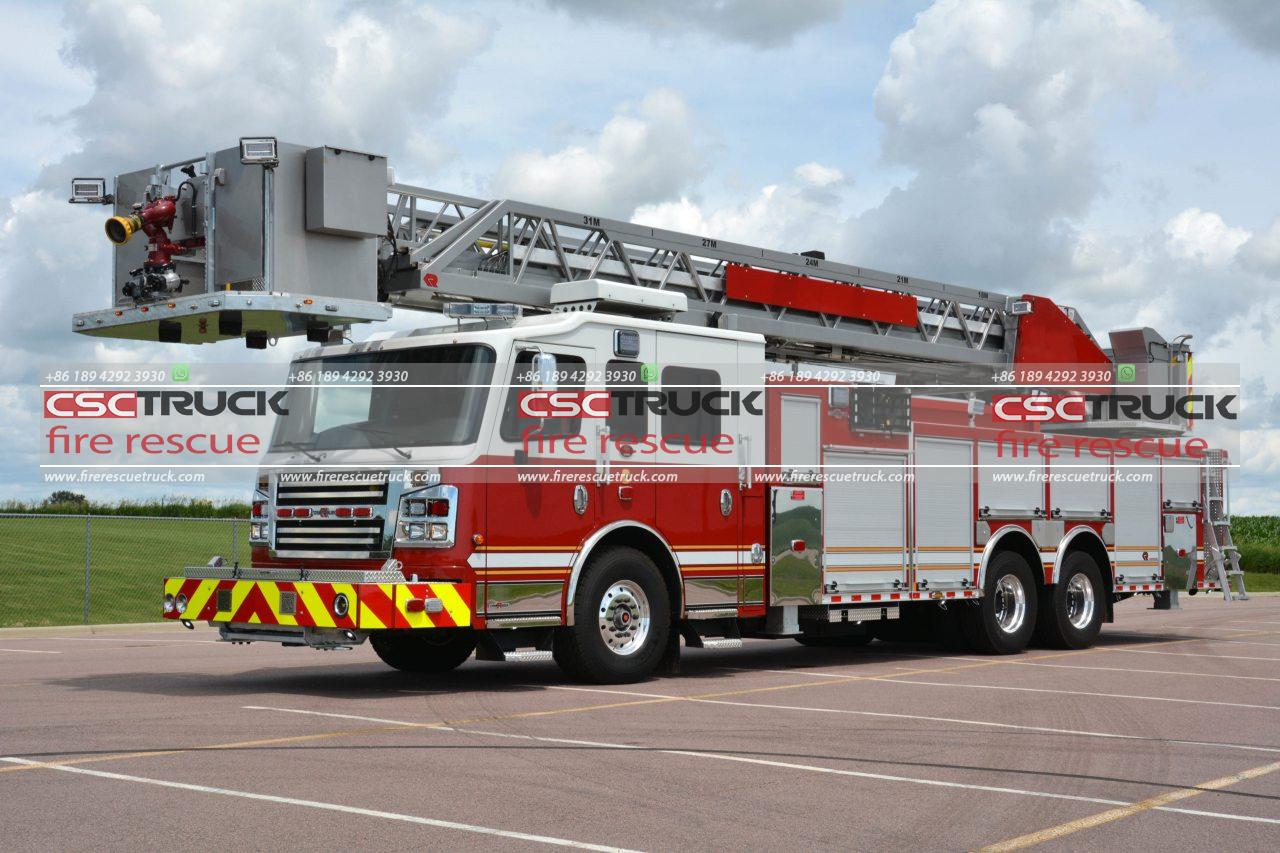A fire engine truck is a specialized vehicle designed to assist in firefighting and emergency response operations. These trucks are equipped with various tools, equipment, and water delivery systems to combat fires, rescue victims, and handle hazardous situations. Fire engine trucks are essential to firefighting departments worldwide, serving as a primary response unit for a wide range of emergencies.
Understanding the Fire Engine Truck
The term “fire engine truck” is often used interchangeably with “fire truck” or “fire engine,” but each may refer to slightly different types of firefighting vehicles. In general, a fire engine truck is a heavy-duty vehicle that carries water, hoses, ladders, and other firefighting equipment necessary for responding to fire-related emergencies.
Fire engine trucks are categorized based on their functionality, size, and equipment. They play a crucial role in fire suppression, rescue operations, and emergency medical services. Different types of fire engines are designed to handle specific tasks, such as transporting firefighters, carrying water, and providing aerial firefighting capabilities.
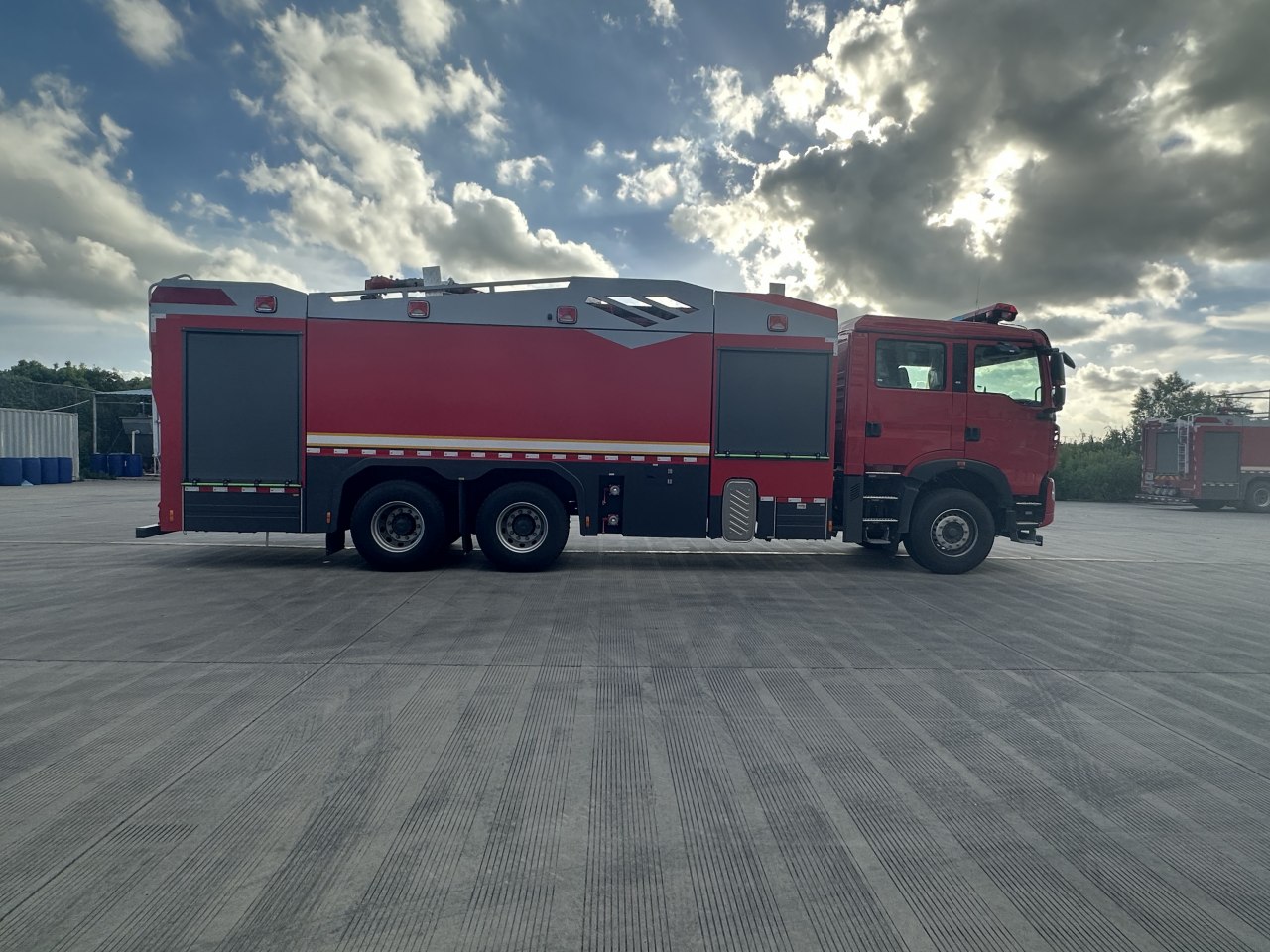
Components of a Fire Engine Truck
A fire engine truck consists of several key components that enable it to function effectively. These include:
1. Water Pump and Tank
One of the primary functions of a fire engine truck is to supply water for extinguishing fires. Most fire engines are equipped with a water pump that allows firefighters to draw water from a built-in tank, fire hydrants, or other water sources. The onboard tank typically holds several hundred to several thousand gallons of water, depending on the vehicle’s design and purpose.
2. Fire Hoses and Nozzles
Fire hoses are essential tools for delivering water to the fire scene. They come in various sizes and lengths, with nozzles that regulate water flow and spray patterns. Modern fire engines often carry multiple hoses to ensure flexibility in different firefighting situations.
3. Ladders
Fire engine trucks are equipped with ladders to help firefighters reach high-rise buildings and rescue people trapped in upper floors. Some fire trucks have extendable ladders, while others carry ground ladders that can be manually deployed.
4. Aerial Devices
Certain types of fire engines, such as ladder trucks and tower ladders, feature aerial devices that provide extended reach for firefighting and rescue operations. These devices include telescopic ladders, hydraulic platforms, and articulating booms.
5. Emergency Lighting and Sirens
To navigate through traffic quickly and safely, fire engine trucks are fitted with emergency lights and sirens. These warning devices alert motorists and pedestrians to yield the right of way, ensuring the fire engine reaches the emergency scene as fast as possible.
6. Storage Compartments
Fire engines have multiple compartments for storing firefighting and rescue tools. These compartments hold axes, pry bars, breathing apparatus, medical supplies, and other essential equipment.
7. Firefighter Crew Cab
The cab of a fire engine truck is designed to transport firefighters to the scene of an emergency. Depending on the truck’s size, it can accommodate a crew of 2 to 10 personnel, providing seating and protective gear storage.
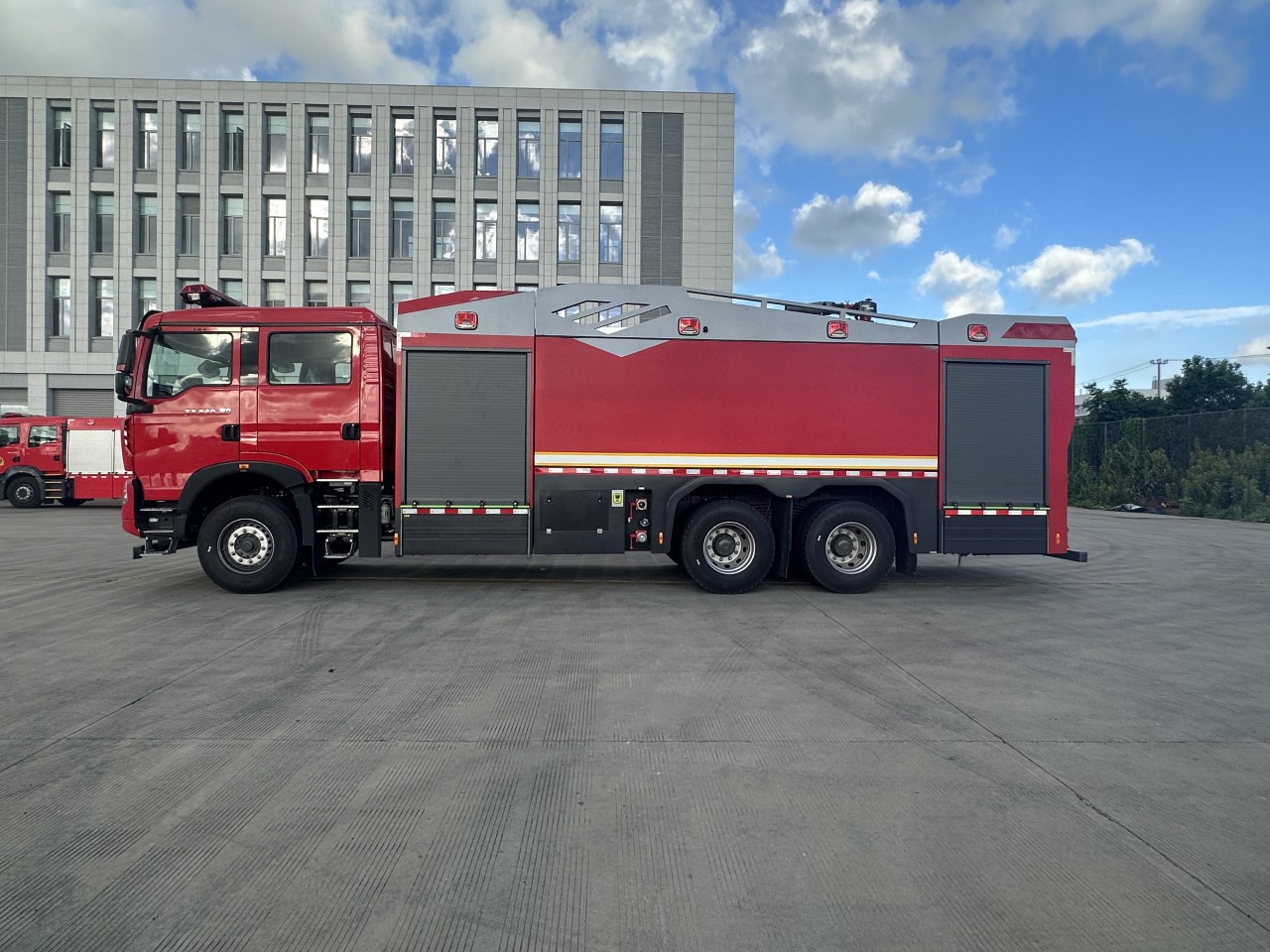
Types of Fire Engine Trucks
There are several types of fire engine trucks, each designed for specific firefighting and rescue operations. Some of the most common types include:
1. Pumper Trucks
Pumper trucks, also known as engine trucks, are the most common type of fire engines. They are equipped with a water pump, onboard tank, and hoses to deliver water to the fire scene. These trucks are versatile and can be used for structural firefighting, vehicle fires, and wildfires.
2. Aerial Ladder Trucks
Aerial ladder trucks feature extendable ladders that provide access to tall buildings and elevated rescue operations. These trucks are essential for urban firefighting and can reach heights of over 100 feet.
3. Tower Ladder Trucks
Tower ladder trucks have a bucket or platform at the end of a telescopic boom, allowing firefighters to work safely at elevated heights. They provide stability and better access for firefighting and rescue efforts.
4. Heavy Rescue Trucks
Heavy rescue trucks are equipped with specialized tools for extrication, hazardous material handling, and technical rescues. They carry equipment such as hydraulic cutters, spreaders, and air-lifting bags.
5. Wildland Fire Engines
Wildland fire engines are designed for off-road firefighting in forests, grasslands, and rural areas. They have high ground clearance and can carry large amounts of water for wildfire suppression.
6. Tanker Trucks
Tanker trucks, also known as water tenders, transport large quantities of water to areas where fire hydrants are not available. These trucks are crucial in rural firefighting operations.
7. Airport Fire Trucks
Airport fire trucks, also called crash tenders, are specially designed for aircraft firefighting and rescue operations. They have powerful water cannons and foam delivery systems to quickly suppress aviation fires.
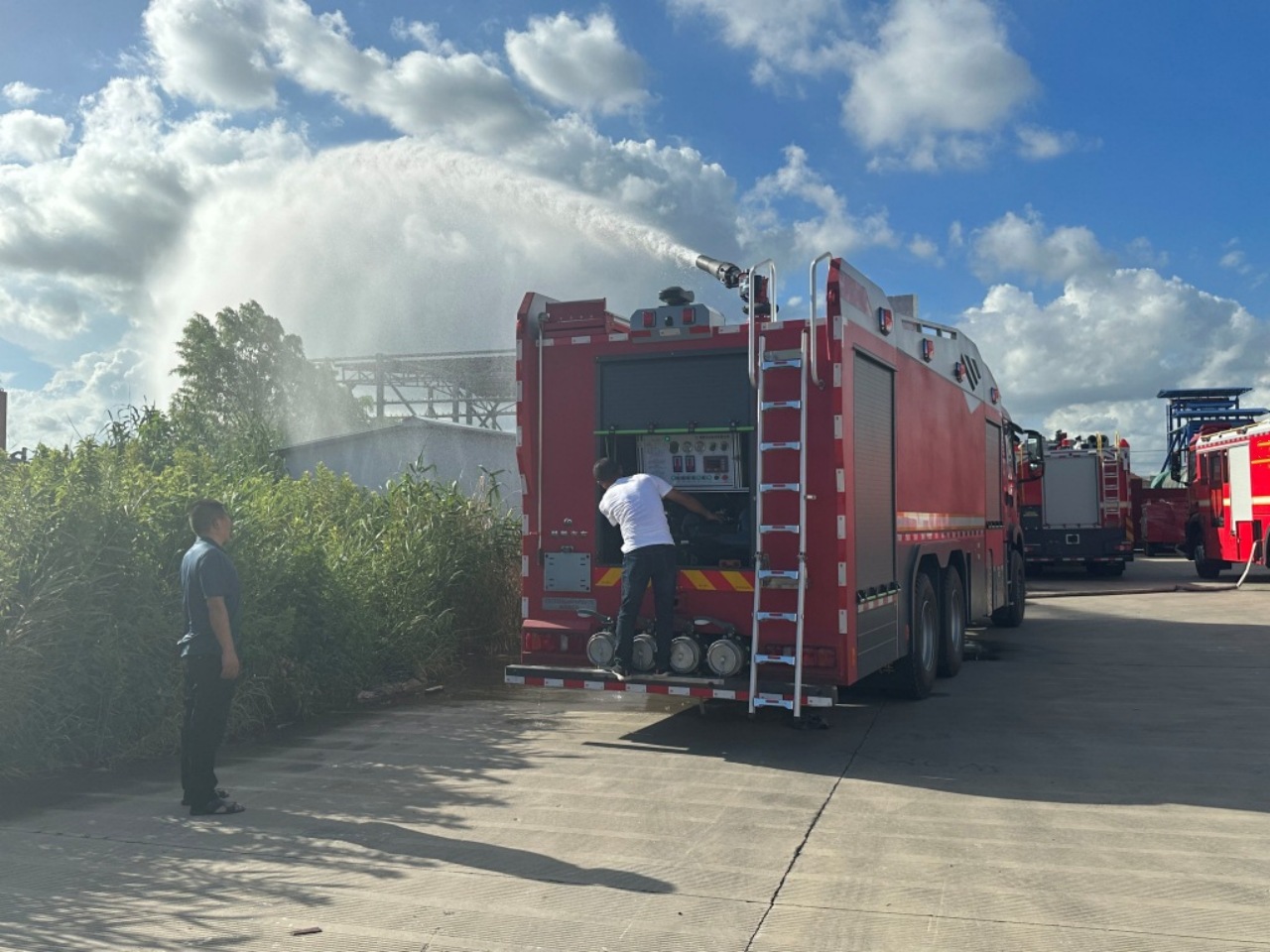
The Role of Fire Engine Trucks in Firefighting
Fire engine trucks play a vital role in protecting lives and property. Their primary functions include:
1. Fire Suppression
Fire engines provide water and fire suppression agents to control and extinguish fires. They are equipped with pumps and hoses to deliver water to burning structures and vehicles.
2. Rescue Operations
Firefighters use fire trucks to carry out rescue missions, including extricating victims from car accidents, collapsed buildings, and hazardous environments.
3. Emergency Medical Response
Many fire departments operate fire engine trucks as emergency medical response units. Firefighters trained as paramedics provide life-saving medical care before ambulance services arrive.
4. Hazardous Material Response
Specialized fire trucks handle hazardous material spills and chemical fires. They are equipped with protective suits, decontamination units, and containment tools.
5. Disaster Relief Assistance
During natural disasters such as earthquakes, hurricanes, and floods, fire engine trucks assist in rescue operations, water pumping, and emergency relief efforts.
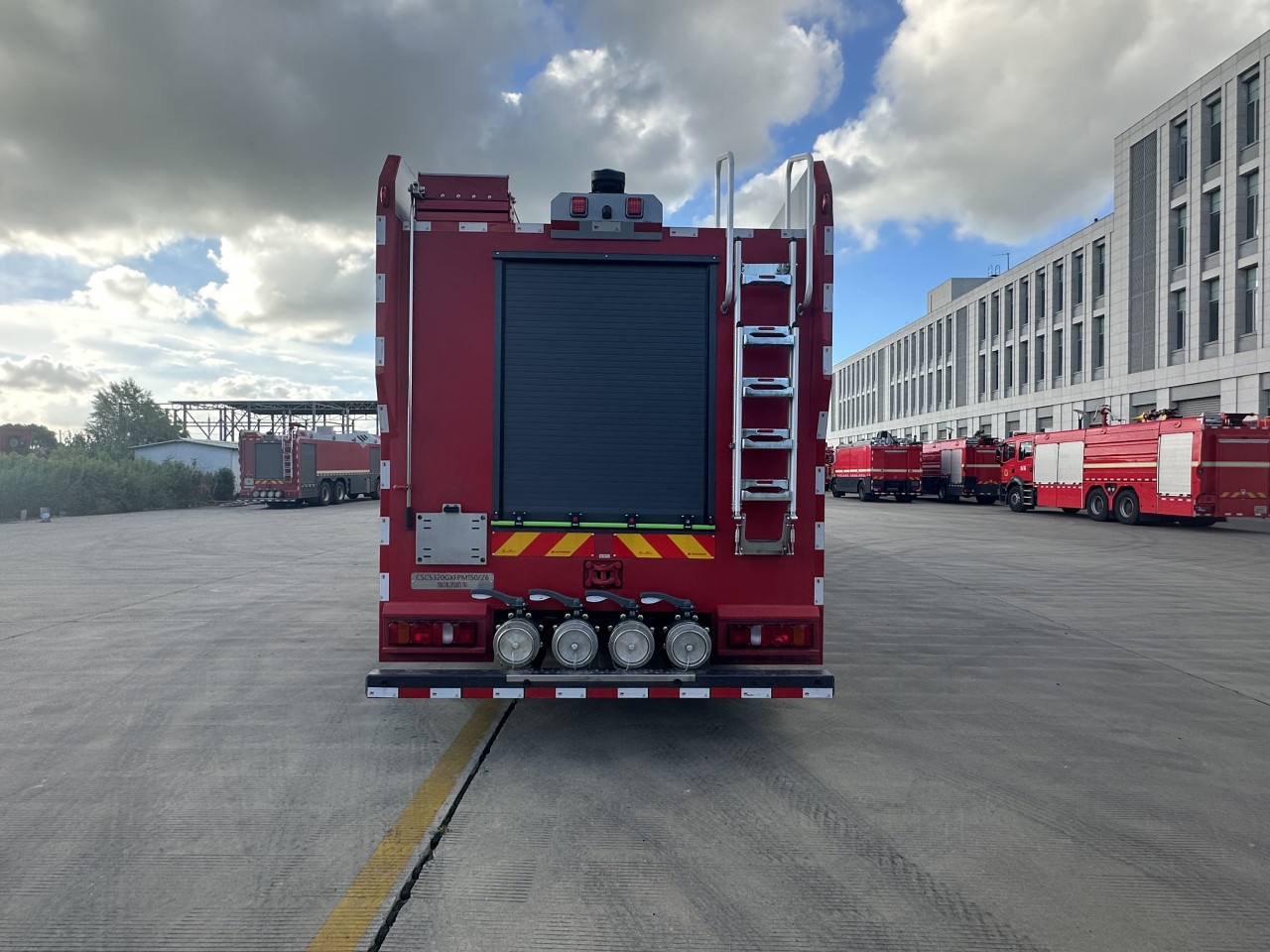
Conclusion
The fire engine truck is an indispensable vehicle in firefighting and emergency response operations. With its advanced equipment, water delivery systems, and rescue tools, it plays a crucial role in saving lives and protecting property. Fire engine trucks continue to evolve with technological advancements, making firefighting more efficient and effective. Whether responding to structure fires, wildfires, vehicle accidents, or medical emergencies, these trucks remain a vital asset for emergency services worldwide.
